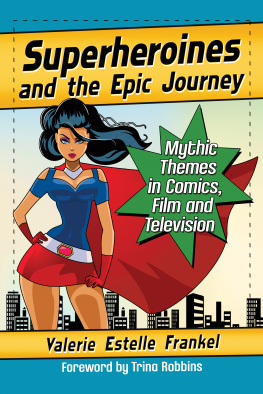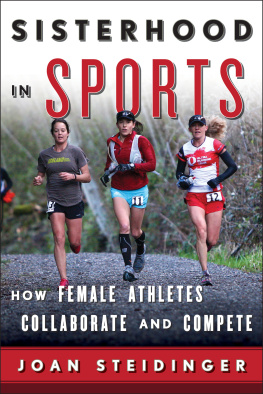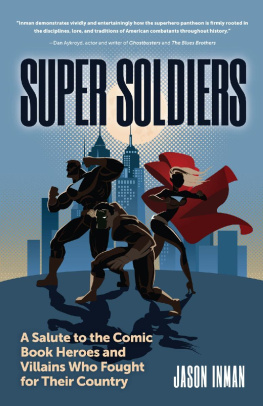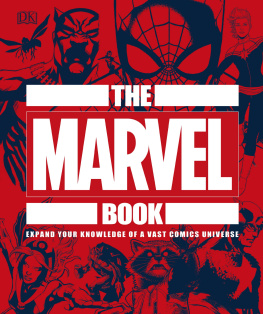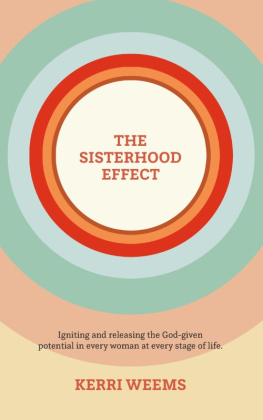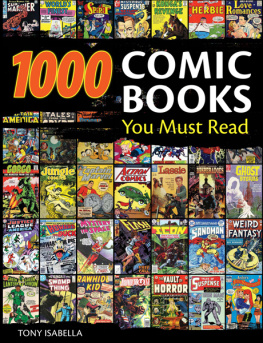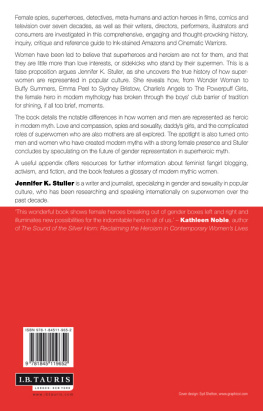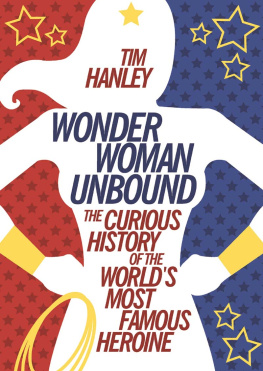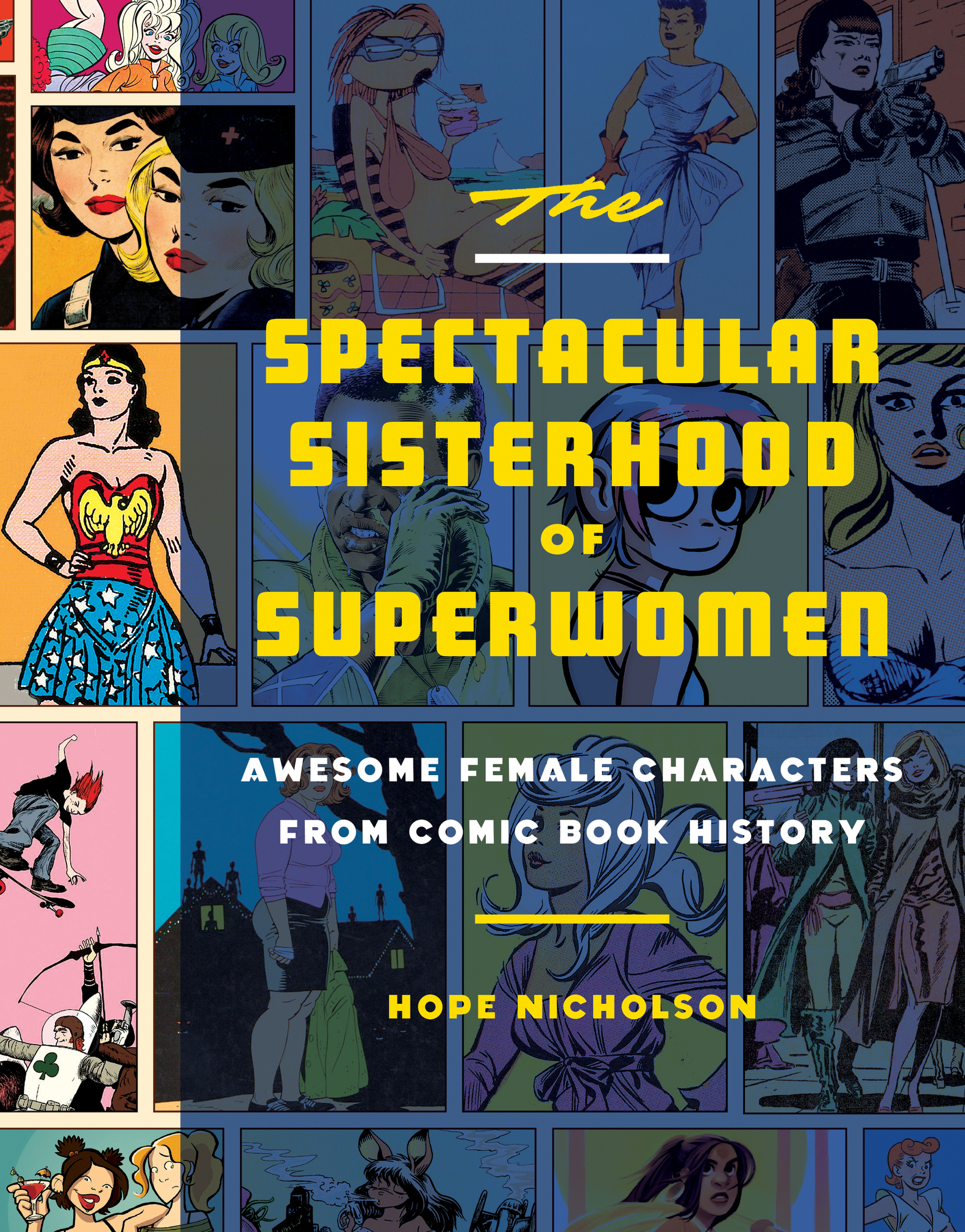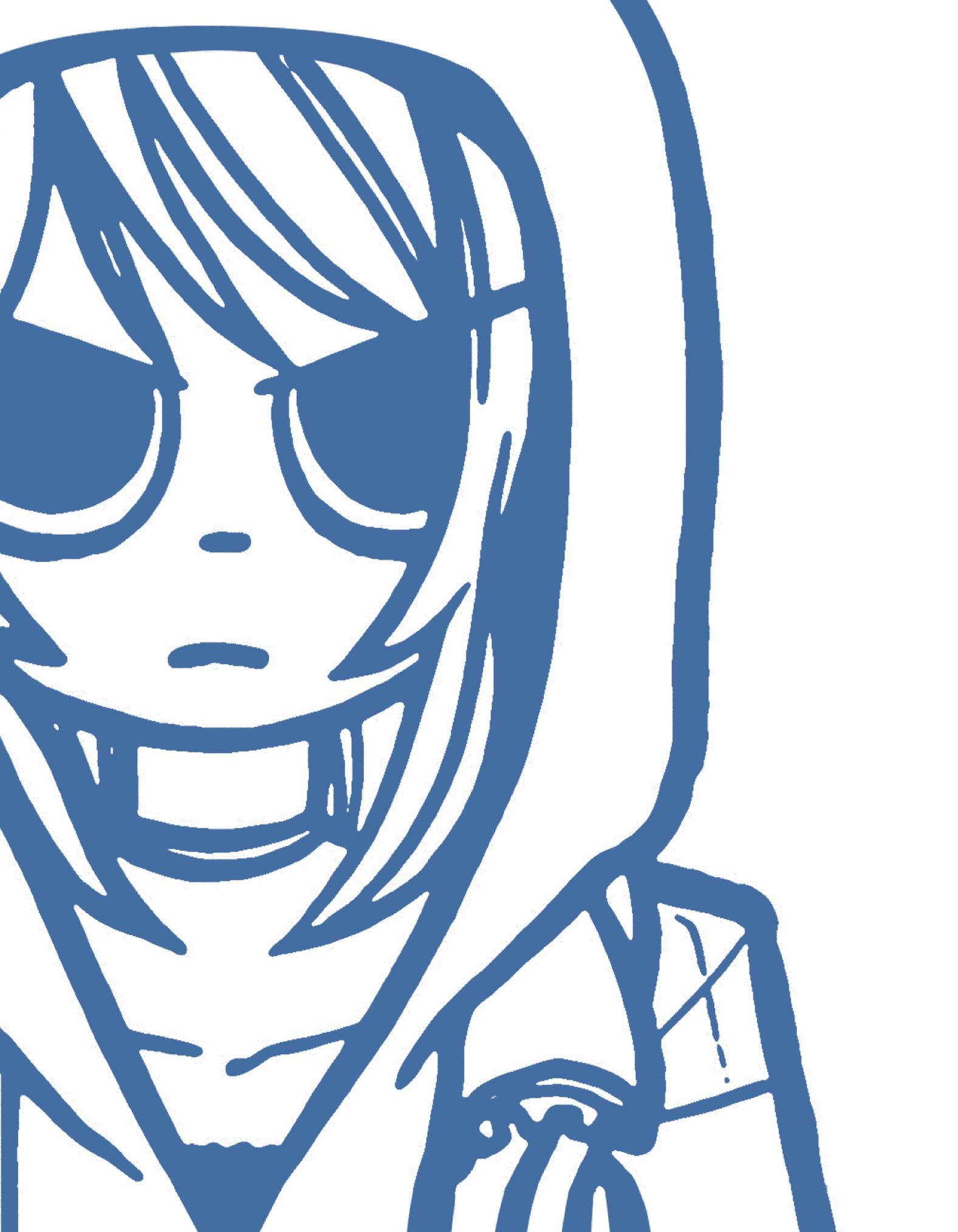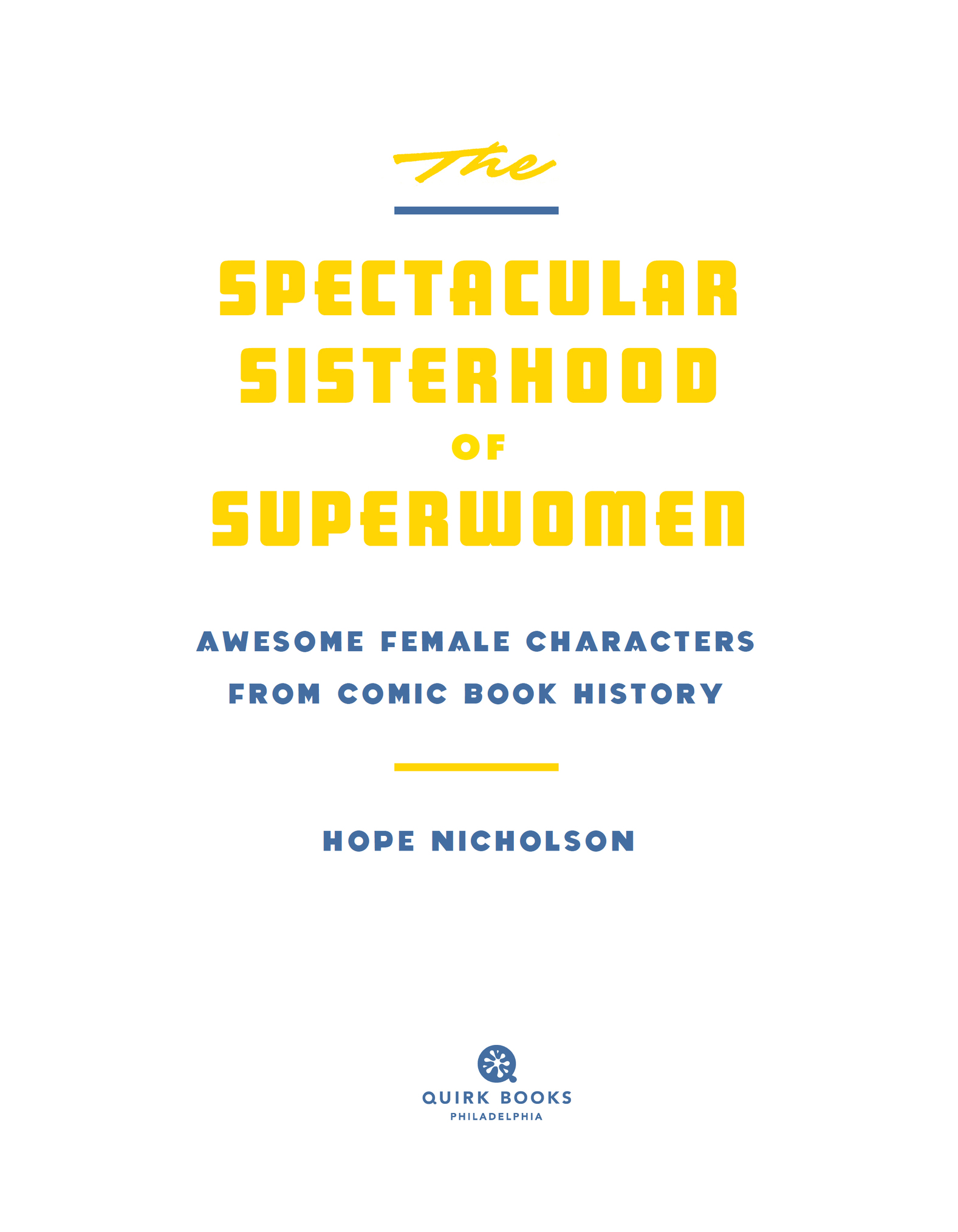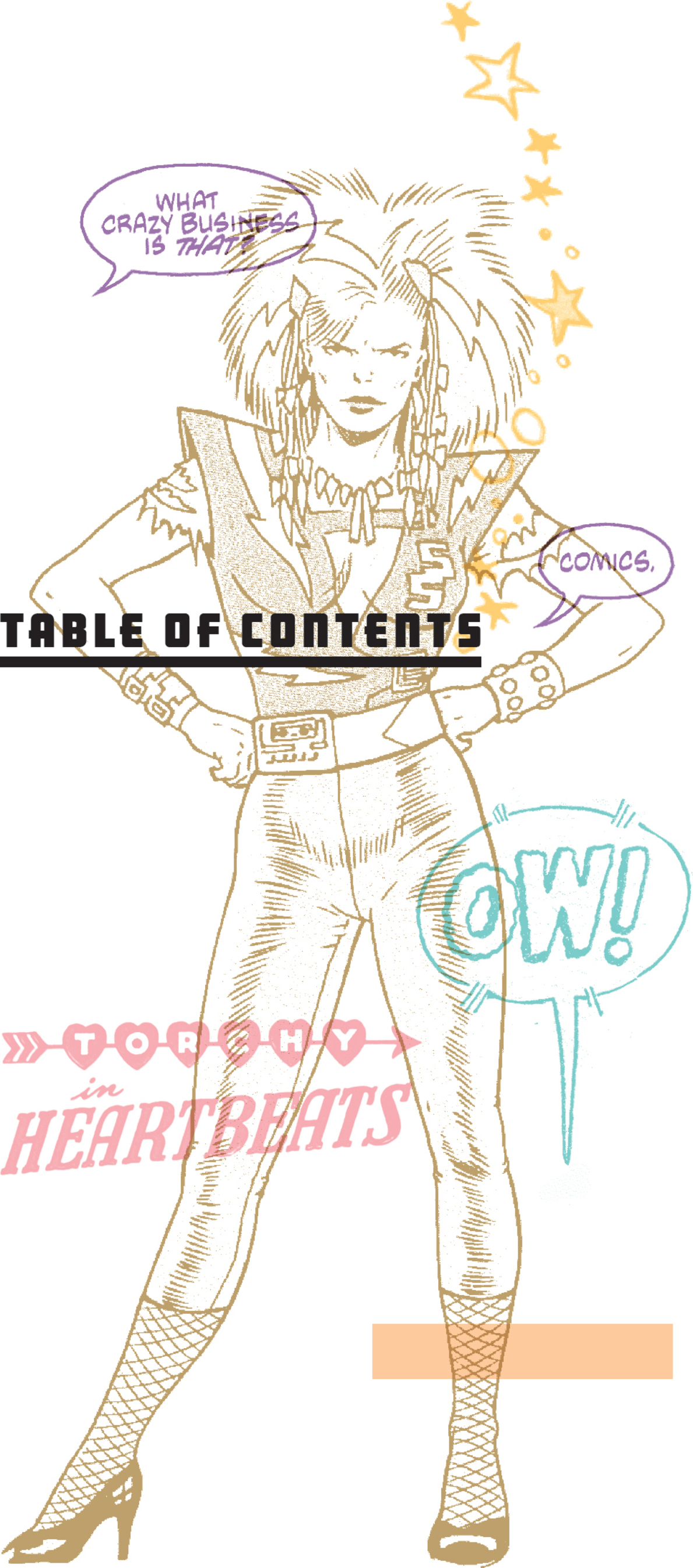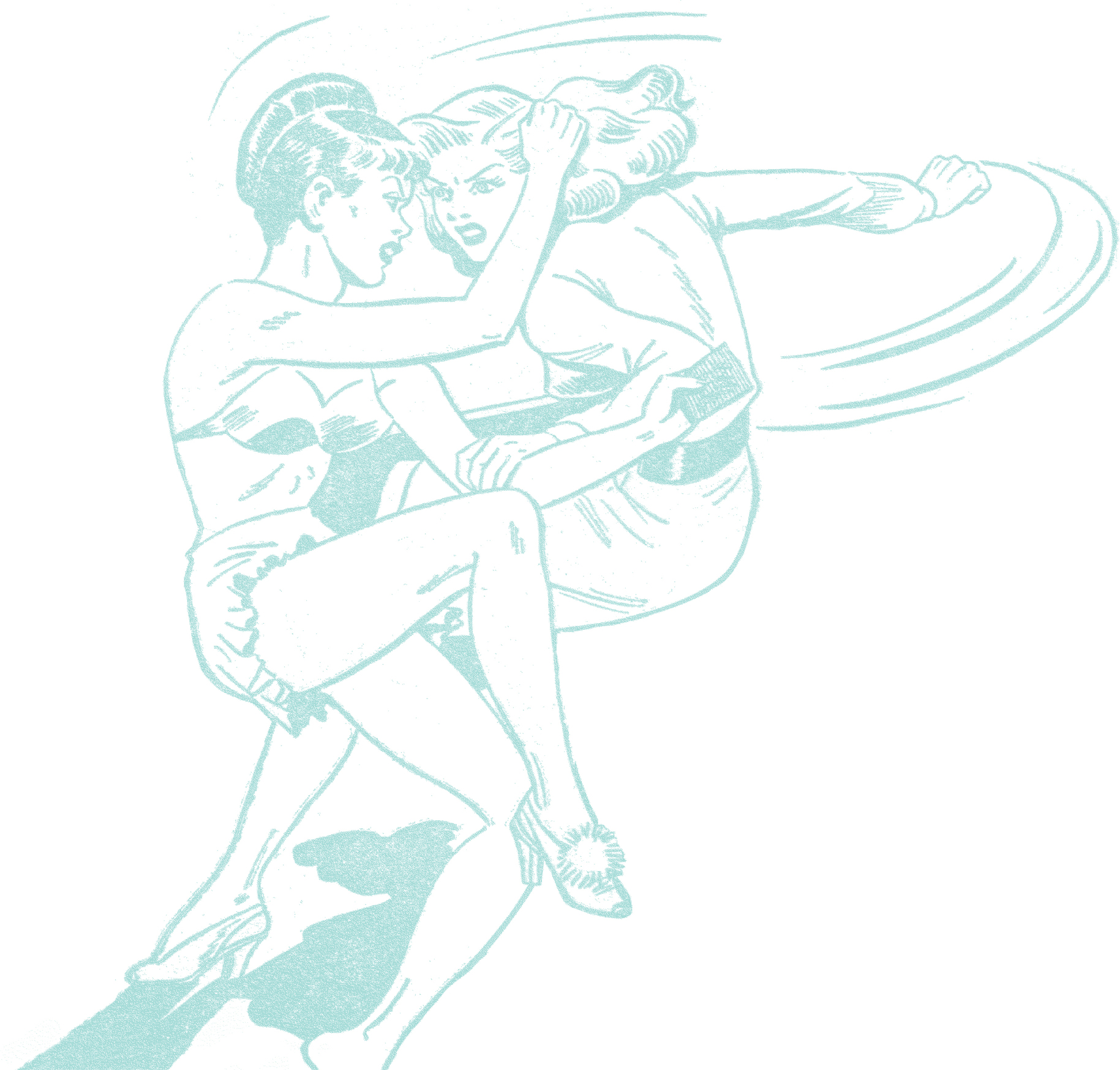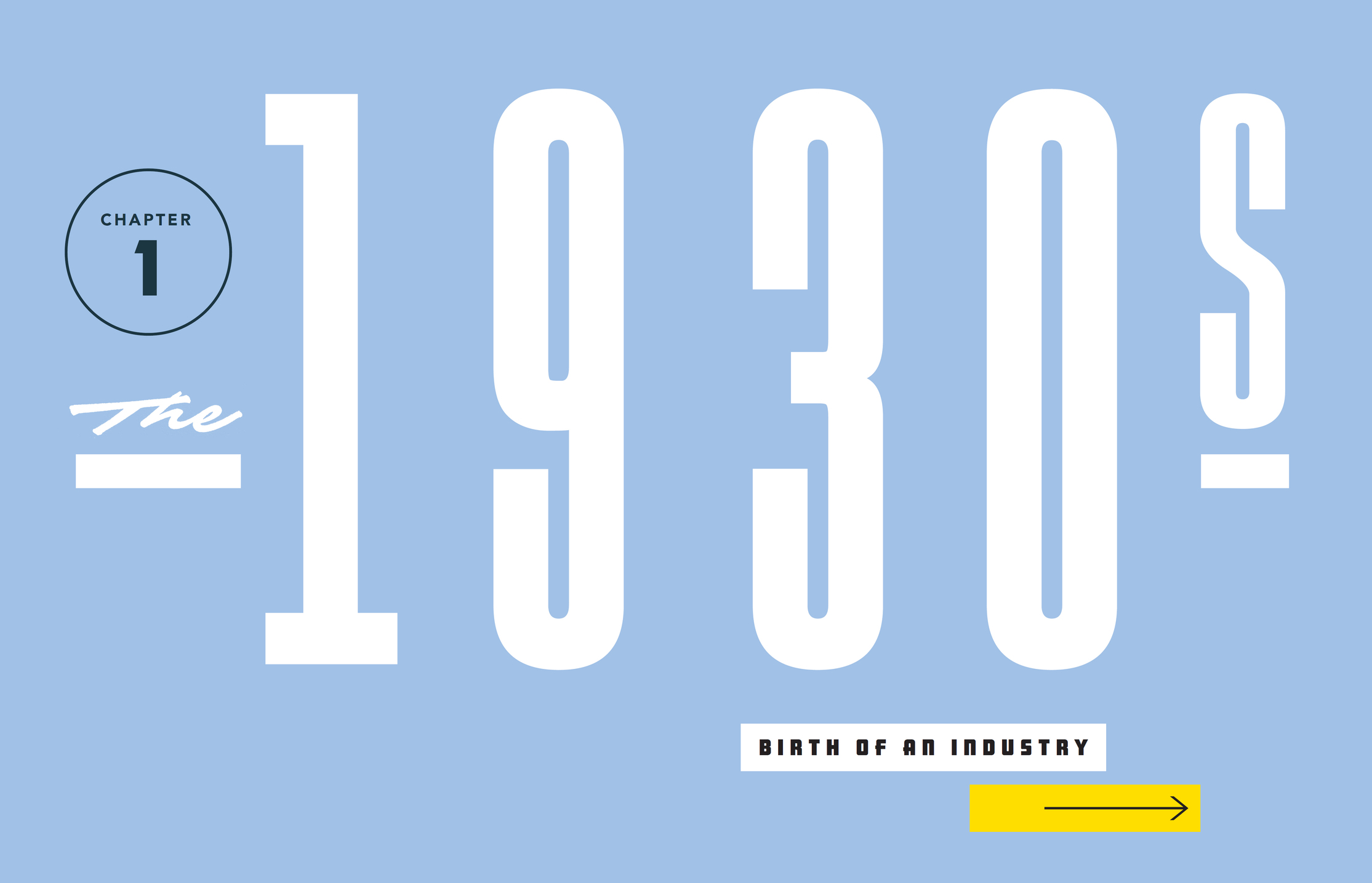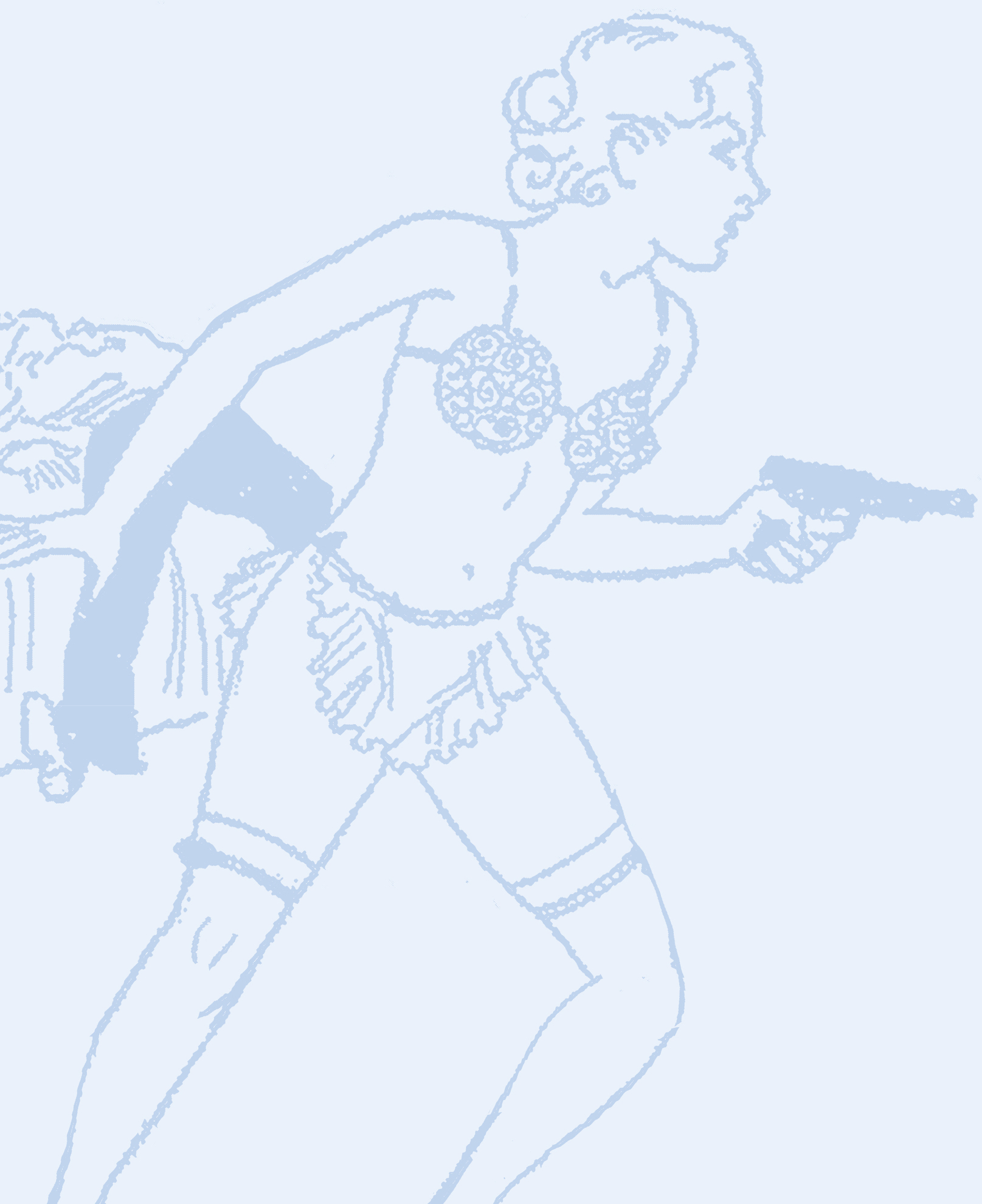Production management by John J. McGurk
All rights reserved. Except as authorized under U.S. copyright law, no part of this book may be reproduced in any form without written permission from the publisher.
All illustrations in this book are copyrighted by their respective copyright holders (according to the original copyright or publication date as printed in the comics) and are reproduced for historical purposes. Any omission or misinformation should be transmitted to the author or publisher so that it may be rectified in any future edition of this book. All DC Comics characters, related logos, and indicia are trademarked and copyrighted by DC Comics Inc. All Marvel Comics characters, related logos, and indicia are trademarked and copyrighted by Marvel Comics Inc. All Harvey Comics characters, related logos, and indicia are trademarked and copyrighted by Harvey Comics Inc. All Archie Comics characters, related logos, and indicia are trademarked and copyrighted by Archie Comics Inc. All Dark Horse Comics characters, related logos, and indicia are trademarked and copyrighted by Dark Horse Comics Inc. All Dell Comics characters, related logos, and indicia are trademarked and copyrighted by Dell Publications Inc.
INTRODUCTION
Hello, and welcome to the definitive guide to female representation in comics!
Wait, thats not right
Hello, and welcome to the most popular female characters in American and Canadian comics!
Hmmstill not quite it.
Hello, and welcome to the best female characters in comics?
Oh no, absolutely not.
Hello, and welcome to the weirdest, coolest, most of-their-time female characters in comicsfor better or for worse.
Yes, now thats it!
Female protagonists in the world of comics sure have come a long way. And not always in the direction youd expect. We went from stories featuring Lois Lane, a capable female reporter who cared more about a sense of duty than determining the kissing skills of a dude who wore underwear over his tights to tales of Lois, now starry eyed, marrying said dude decades later. We went from an Amazon princess teaching our world about the power of peaceful resolution and feminist sisterhood to a solitary warrior who makes out with Superman. (What? Its okay. He wasnt married to Lois Lane anymore.)
Yet this is not a book telling you that things were better back then
We have come a long way. Weve gone from having 90 percent of comics created by white men to a thriving industry of comics in all sorts of formats created by all sorts of people. And thats changing the characters we grow up with and love dearlyfor the better. Today we dont just have comics about romance, or adventures, or superheroes, but also comics about the absurdities of daily life, the politics of surviving, and the vast diversity of people who are more representative of the world we live in than ever before. All of these changes are necessary and noteworthy.
Weve also gone from being able to find comics only on racks in drugstores to venturing into a wide range of weird and wonderful shops and conventions to score our monthly installments. Graphic novels now take their rightful place in bookstores, and webcomics are accessible to anyone with an internet connection. And through the beauty of crowdfunding platforms, the power of publishing has migrated directly into the hands of comics creators of all kinds.
But along with all these advances, I fear we may be forgetting our history. We often fail to mention and honor all the amazing comics that have been made, comics that fought the status quo. We forget the history of subversive comics from decades past. We forget the trends in comics that defined each decade and entertained our parents, our grandparents, and, for some of you younguns, your great-grandparents. We forget the long history of passionate female fans who have been fighting for respect since the beginning of the medium. We forget the female creators who gritted their teeth and rolled their eyes while playing in the boys club; refusing to give up, they pushed up their sleeves and went to work all the same.
This book is a history of comics, though its not a definitive one. Its told through female characters not only because theyre easily lost to the sands of time, but also because theyre usually much more interesting than their male counterparts. In no other comics history book will you find characters like Maureen Marine, an underwater preteen princess; Starlight the brave Huron warrior; Pudge, Girl Blimp, fighting to find her identity in 1960s San Francisco; Sindi Shade, a punk-rock rebel in a dystopian future; or Bitchy Bitch, a straw feminist parody. But youll find them here.
These characters represent the many and varied changes the industry has gone through since the rise of the comic book in the 1940s. In these pages youll find superpowered heroes in tights, plucky girl reporters, scantily clad bad girls, polyamorous florists, sexy horror hosts, and many more. Youll read about characters whose stories highlight the trends of their times, with special attention to those most likely to be forgotten, along with spotlights on a few who fought tooth and nail to remain well known.
These characters are here to guide you through the past eight decades of confusing, maddening, and entertaining comics history.
So come, lets start at the very beginning
THE 1930s
S equential visual storytelling has existed for centuries, so the birth of comics cannot be traced back to a specific event. The line between illustrated stories and comic books is blurry, with comics gradually becoming a distinct storytelling format over a decades-long process. Comic booksthat is, bundled pages of sequential artdate back to at least the mid-1800s. But it was in the 1930s that Superman debuted, and with that appearance came a raging excitement for comic books that solidified both the comics medium and the superhero genre (the two are inextricably intertwined).


